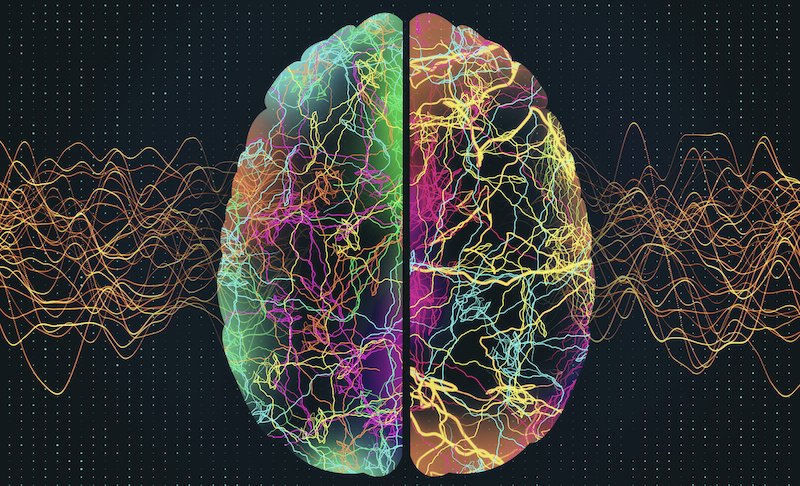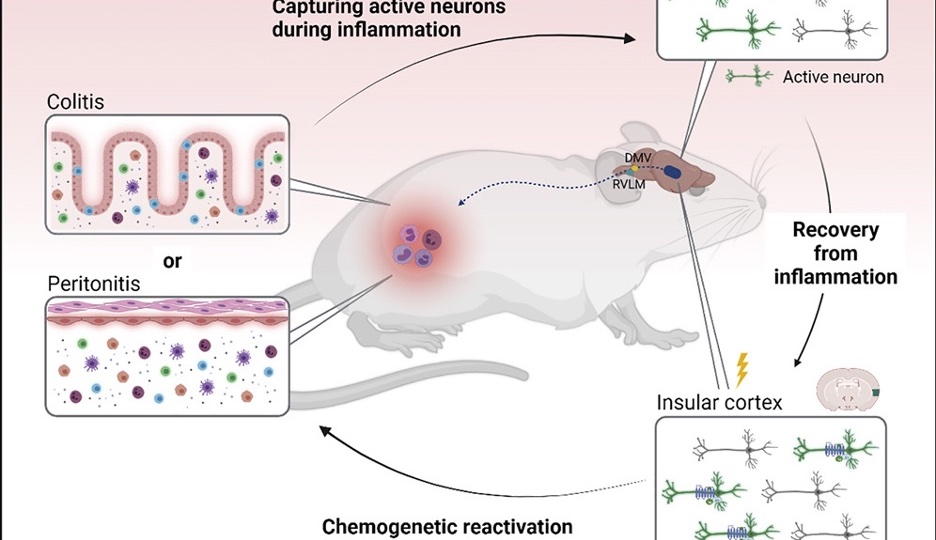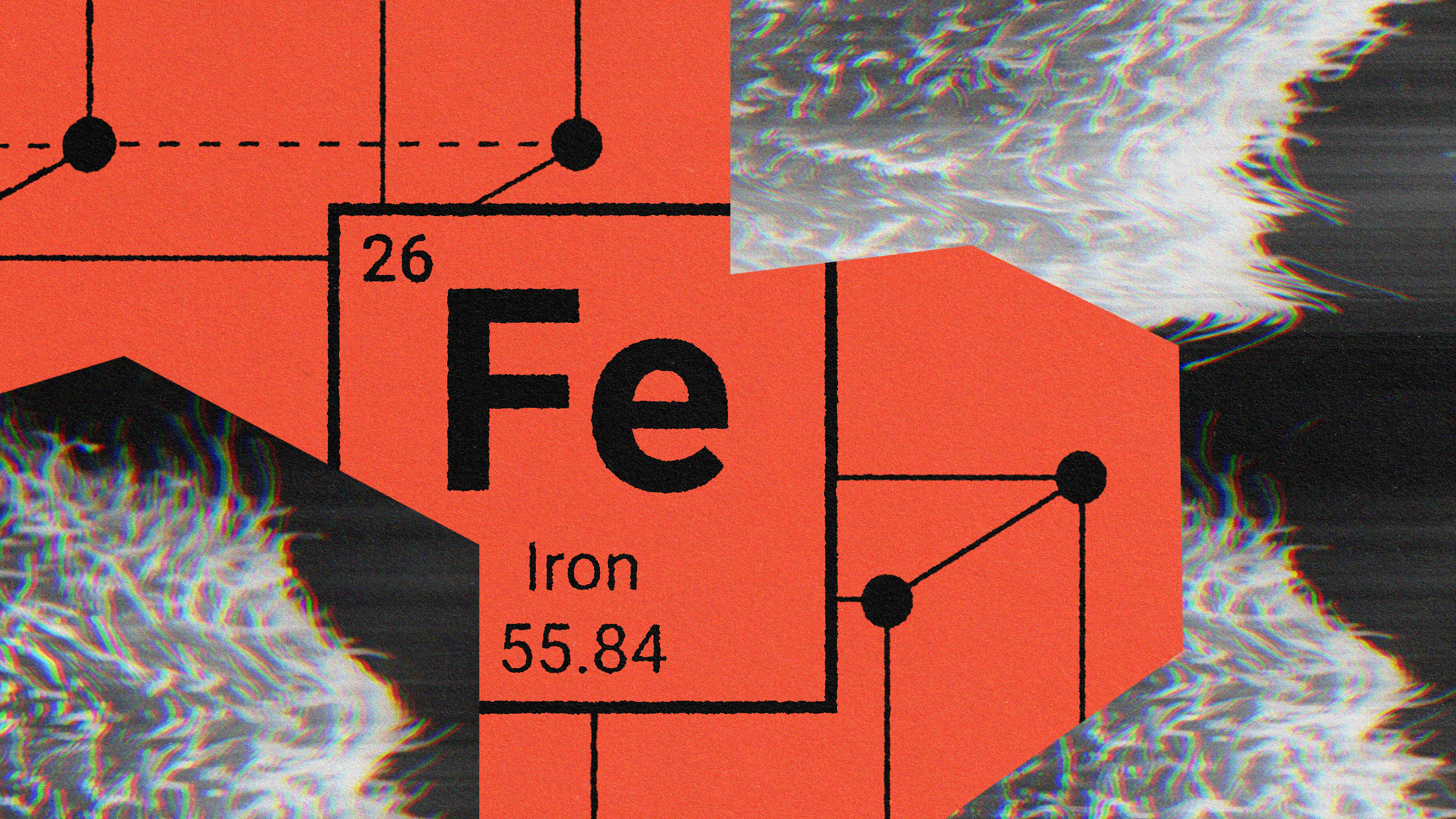How long-term space missions change the brain
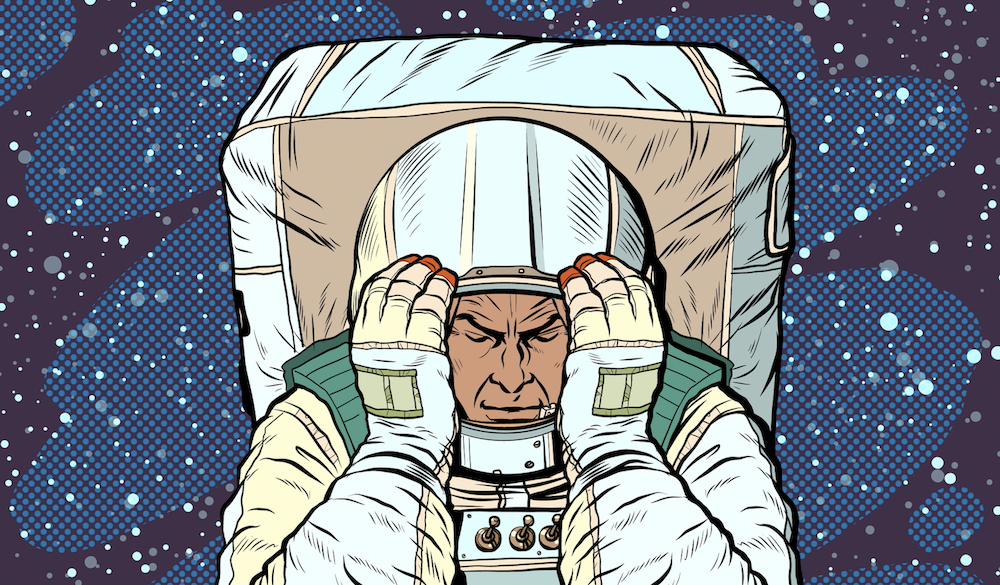
- Since the beginning of space travel, astronauts have reported neurological symptoms.
- Brain scans have revealed that long duration in space leads to changes in brain organization.
- A recent study linked brain changes to spaceflight-associated neuro-ocular syndrome, a visual impairment common among astronauts.
In 2015, NASA released a 152-page report revealing a long history of astronauts operating spacecraft while impaired. Their impairment, however, was not because they were under the influence of an intoxicant. Instead, the impairment arose because the astronauts experienced a lack of gravitational influence.
Spending long periods in a microgravity environment causes changes in the brain organization, according to previous neurological studies of space travelers. However, it is challenging for researchers to link these changes to specific impairments or symptoms — largely because very few people have been in space for long periods, meaning data are sparse.
A group of American, European, and Russian scientists recently overcame this challenge by pooling data from their space-traveling counterparts. According to their study, all astronauts — American, European, and Russian — exhibited similar brain changes upon return from space. However, there was a noteworthy difference when it came to the Americans.
American astronauts, who have a different microgravity countermeasure method, had an enlarged brain region that was associated with vision problems.
Even early astronauts reported neurological symptoms
When humans first began traveling to space, there was little consideration over how leaving Earth could impact the biological system. In fact, early NASA management considered space travel to be a science of engineering and physics. Biology had no place.
However, many of the early astronauts reported symptoms — most notably, motion sickness. For most people, motion sickness is normal, especially if they were floating around in space. Astronauts, however, are specifically conditioned to be immune to motion sickness. These symptoms received scant attention at first. But as astronauts began spending longer in space and exploring the lunar surface, astronauts reported more alarming symptoms.
According to the 2015 NASA report, astronauts who spent long periods in space described motor-control problems and vision impairment, neither of which are ideal for individuals operating billion-dollar pieces of equipment in outer space.
One particularly common visual impairment, spaceflight-associated neuro-ocular syndrome (SANS), affects up to 70% of NASA astronauts who undergo long-duration missions aboard the International Space Station (ISS). These symptom indicated neurological changes, so it became more common for astronauts to undergo MRIs before and after missions.
These brain scans revealed significant structural changes. The group of international researchers sought to determine whether these changes in the brain are associated with SANS. Donna Roberts, M.D., a neuroradiologist at the Medical University of South Carolina who helped lead the study, explained in a press release:
“By putting all our data together, we have a larger subject number. That’s important when you do this type of study. When you’re looking for statistical significance, you need to have larger numbers of subjects.”
Enlarged perivascular space linked to vision impairment
The study focused on 24 Americans, 13 Russians, and a small, unspecified number of astronauts from the ESA. The researchers collected MRI scans of the astronauts’ brains before and after they spent six months on the ISS (only 256 individuals have visited the space station).
After being in space, all the space travelers exhibited similar brain changes: cerebrospinal fluid buildup and reduced space between the brain and the surrounding membrane at the top of the head. The Americans, however, also had more enlargement in the regions of the brain that serve as a cleaning system during sleep, e.g. the perivascular space (PVS).
When the researchers consulted the astronauts’ ophthalmologic records, they found that eight (33.3%) developed SANS, and the PVS of those individuals was larger than those who were unaffected. This suggested an enlarged PVS is linked to the development of SANS.
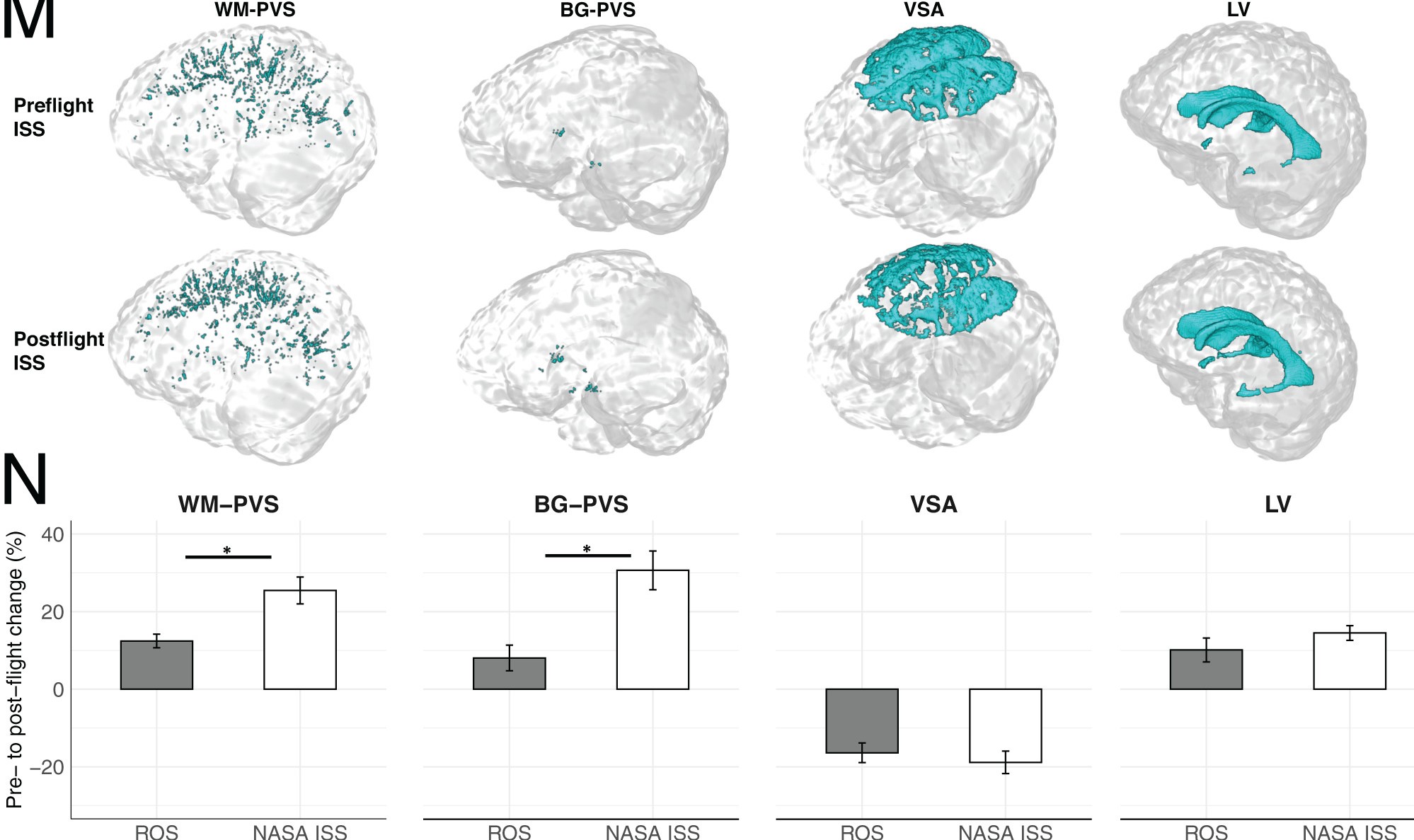
The Russian astronauts did not exhibit enlarged PVS, suggesting there might be differences in protocol that are neuro-protective. One explanation provided by the researchers is the differences in the use of countermeasures and high-resistive exercise regimes, which can influence brain fluid redistribution.
“Although the effects of [countermeasures and high-resistive exercise regimes] on the brain during spaceflight are unknown, they could partly explain the different WM-PVS changes detected in astronauts and cosmonauts. We cannot exclude that other factors (e.g., diet) might play a role in this difference,” wrote the authors.

